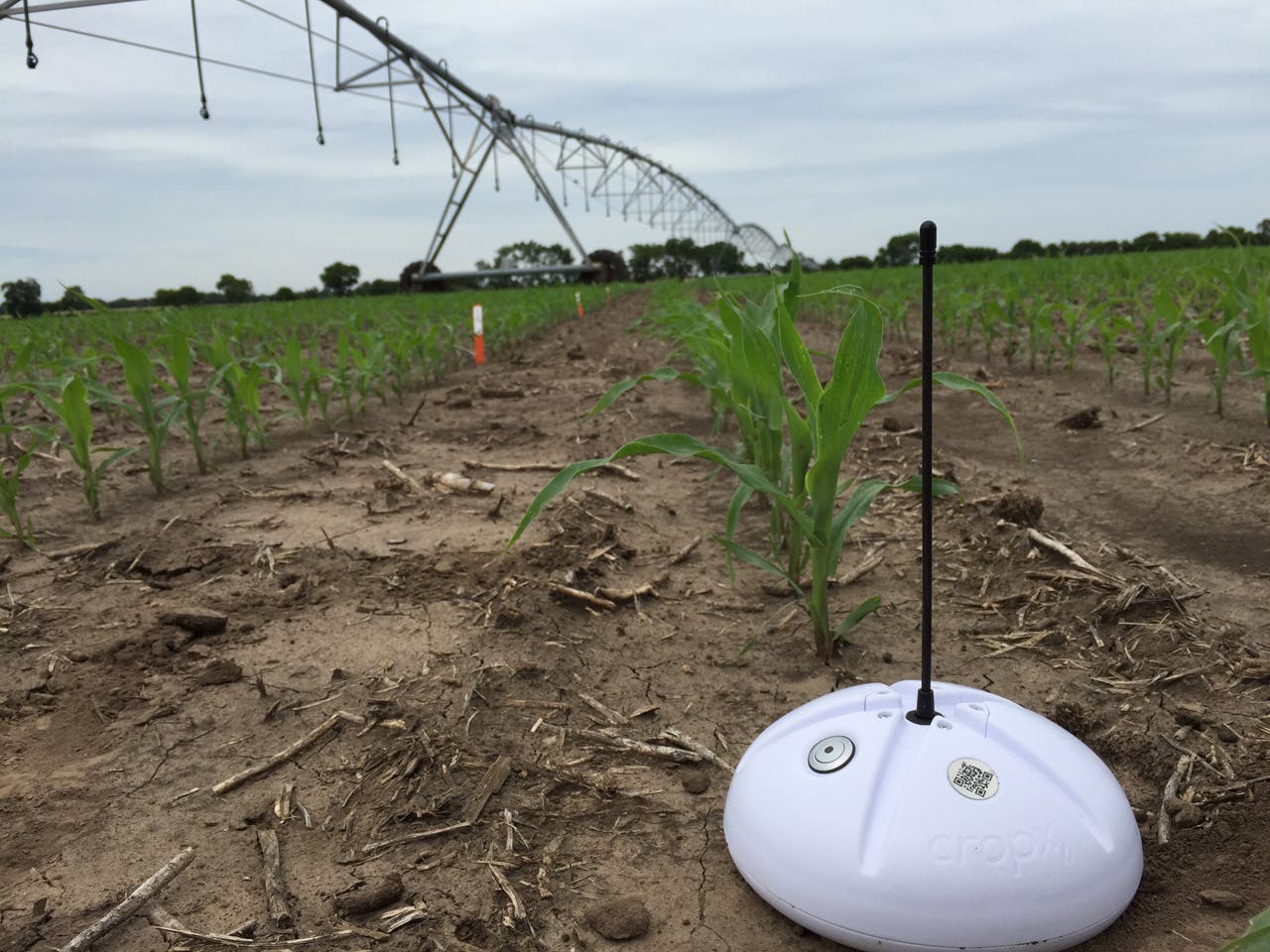Businesses around the world have singled out youth unemployment and a global food crisis as among the top concerns for 2016. But in addressing these urgent social challenges, there are also huge opportunities for business.
To continue reading, subscribe to Eco‑Business.
There's something for everyone. We offer a range of subscription plans.
- Access our stories and receive our Insights Weekly newsletter with the free EB Member plan.
- Unlock unlimited access to our content and archive with EB Circle.
- Publish your content with EB Premium.
These findings and more were revealed in the Global Opportunity Report, published by certification company DNV GL, the United Nations Global Compact and think tank Monday Morning Global Institute on Tuesday.
The study was based on a survey of 5,567 leaders from business, government and civil society across five continents between 6 and 21 October 2015.
The report’s authors also spoke to more than 200 sustainability experts from eight countries.
About 42 per cent of respondents said that losing entire generation of youth to unemployment was their top concern this year.
“Unemployment rates have reached particularly alarming heights in the Middle East and North Africa, where the lack of prospects for young people threatens to waste an entire generation. The untapped potential of millions of people has repercussions far beyond their immediate societies,” said the authors of the report.
Unemployment was also identified as one of the top global risks by the World Economic Forum earlier this month, along with climate change and the refugee crisis. The WEF recommended that identifying such risks will spur change and concrete action towards solving the problems.
The other top risks identified by the DNV GL survey were loss of ocean biodiversity, accelerating transport emissions, and resistance to life-saving medicine.
“Indeed, today’s most pressing risks are all concerned with human needs that we all share; a job for a life without poverty. It is the social glue of our societies. Poverty, hunger, and youth unemployment are eroding the foundation of progress – not only in the world’s poorest countries, but within almost every country around the world,” the authors added.
Turning risks into opportunity
The good news is, risks can also be transformed into business opportunities, with the following seen as the top 15 sectors with the greatest potential, said the report:
- Smart farming
- The digital labour market
- Closing the skills gap
- Reduce food waste
- Precision treatment
- Antibiotic-free food
- Regenerative ocean economy
- New business model for antibiotics
- Flexible mobility
- New diets
- Futurepreneurs
- Crowd transport
- Closing the loop
- Smart ocean
- Low transport cities
Technology was singled out as the main enabler of change. Smart farming, for instance, is based on people using technology to better manage scarce natural resources and to ensure that basic needs are met.
“Technology plays an important role in all of the top opportunities this year,” said the authors. “We see this exemplified in efforts to address youth unemployment by closing the skills gap via digital learning and large-scale health initiatives.”
Remi Eriksen, president and CEO, DNV GL, said the report highlighted the key role of innovative technology in many of the opportunities.
“These are not future technologies – these are technologies already available to us, right now – but scaling is needed,” Eriksen said.
The authors cited an example in Missouri, United States, where farmers have been using technology to find out exactly when and how much water they should give their crops. Instead of dousing an entire field uniformly, they use water only where it is absolutely necessary.
These farmers know which patches of land need watering, thanks to information detected by specialised sensors placed in different parts of their fields. These sensors, which cost between US$4 and US$18 per acre to install, transmit data on soil conditions throughout the day to a central computer, which plots the information on the farmers’ mobile phones.

CropX’s sensors detect information on soil conditions and send the data back to a computer which will then plot graphs and charts. Farmers can use this low-cost technology to find out exactly when and where they should be watering their fields. Image: CropX.
This application not only helps save water, it also increases yields as fewer plants die from over-watering. CropX, the Israeli-US startup behind this technology, hopes to help farmers all over the world use scarce resources such as water and land more carefully, and at a low cost.
Are businesses the new activists?
Respondents said civil society is the strongest advocate of sustainable change; with the business sector a close second.
It is also evident that business and civil society are increasingly “on the same page” regarding the opportunities they can be expected to advocate most strongly for, the authors said. There will be “new forms of solution alliances” between business and civil society to agitate for change, they added.
The survey also showed that all 17 United Nations Sustainable Development Goals (SDGs) hold potential for businesses.
SDG number 8, on decent work and economic growth, is the highest rated in terms of business potential, followed by SDG number 3 on good health and well-being.
The SDGs were adopted in September 2015 to replace the Millennium Development Goals that expire at the end of 2015 and include ending poverty, promoting full and productive employment for all, and combating climate change among others.
Lise Kingo, executive director of the United Nations Global Compact, said that the SDGs provide a “clear and compelling direction” for the future.
“For business, these new global goals are set to be a major driver of the markets of tomorrow and can unleash a wave of sustainable products, services and business innovations,” she said. “All companies can play a role by doing business responsibly and finding opportunities for growth and innovation.”
Across all 15 opportunities surveyed, women were more positive than men, and the young were more positive than the elderly.
The Chinese were consistently more positive both on the ability of Asia to make systemic change happen and the positive benefits to society of these changes.
The 812 respondents in Southeast Asia and Australia said that futurepreneurs, the digital labour market and antibiotic-free food are the top three opportunities.
The authors concluded that the opportunity mindset is about embracing risk.
“Whether we are tackling poverty or resource depletion, we must be smarter about how we organise ourselves,” they said. “After all, creativity was never about an abundance of options, but about being imaginative within the constraints you find yourself under.”
“The best opportunity leaders embody this mindset, and the world needs them more than ever.”

















